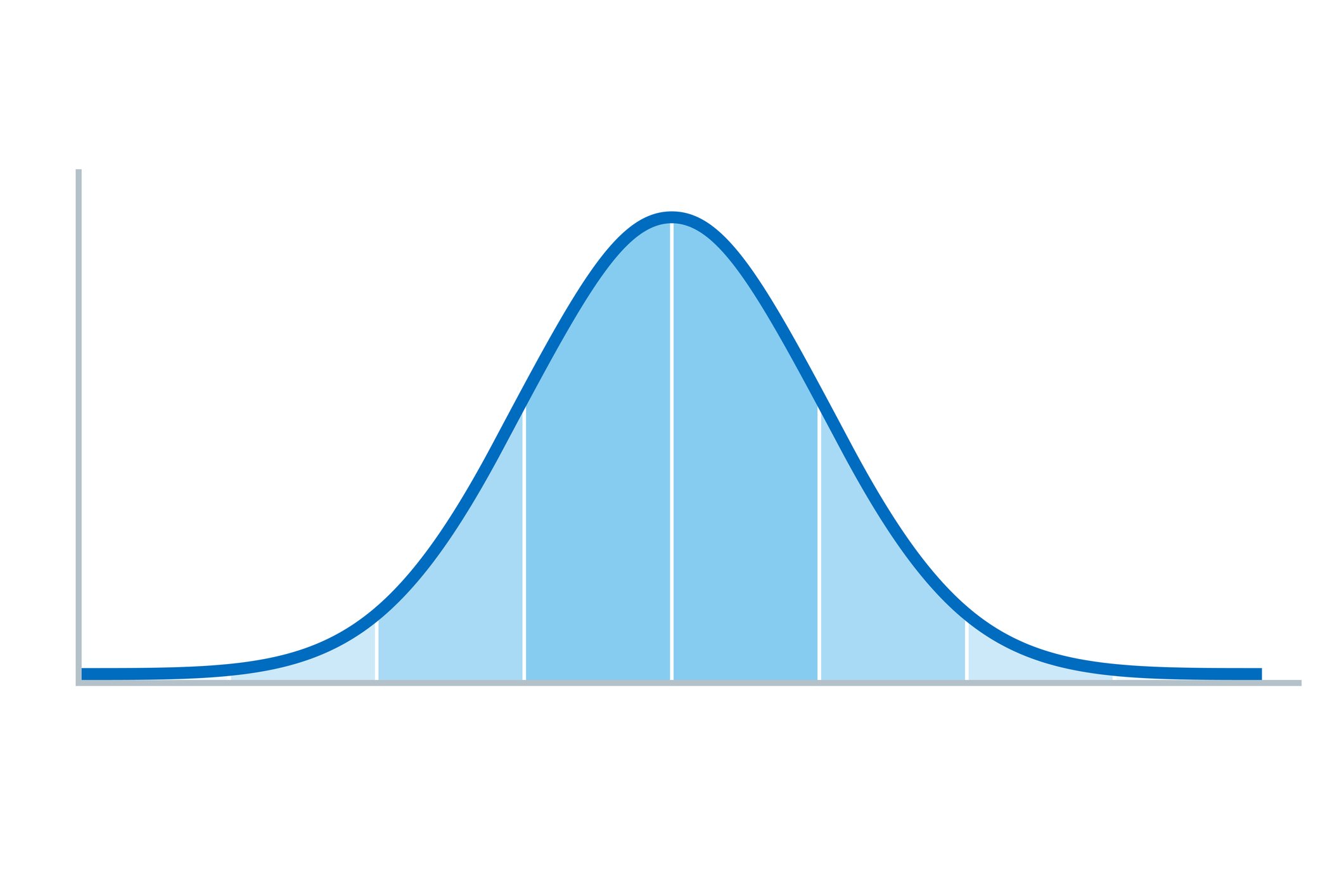Teaching Statistical Analysis? Open-Access Resources about Regression Analysis
by Janet Salmons, PhD Research Community Manager for Sage Methodspace
Regression Analysis: Course Materials
Have you discovered SAGE Research Methods Teaching? SAGE Research Methods Teaching is an open-access site where lecturers who teach quantitative methods courses at an undergraduate and postgraduate level share their materials.
These materials were developed for courses taught at the University of Leeds, University of Kent, University of Bristol, and at Oxford University. As long as you honor the terms you can use or adapt these presentations, handouts, worksheets, and assignments for your own study, or with your students.
Advanced Statistical Analysis: Module Outline And Regression Refresher
Introduction to Regression Analysis: Course presentation slides
Introduction to Regression Analysis: Modelling: Course presentation slides
Applications of Regression Analysis: Course presentation slides
Applications of Regression Analysis: Worksheet
Exercises: Beginning Regression Analysis\r Running Bivariate Regressions
Exercises: Log Transforms And Hierarchical Regression Analysis
Regression Analysis: Methods and Examples in Sage Journal Articles
Andrade C. Understanding Statistical Noise in Research: 3. Noise in Regression Analysis. Indian Journal of Psychological Medicine. 2023;45(3):310-311. doi:10.1177/02537176231164651
Abstract. In regression analysis, the adjusted R2 value describes the proportion of the variance in the dependent variable that is explained by the independent variables in the equation. What remains is unexplained or residual variance. Residual variance has two components: the contribution of unmeasured variables (residual confounding) and measurement error (noise). These concepts are explained using examples.
Barnes, T. J. (1998). A History of Regression: Actors, Networks, Machines, and Numbers. Environment and Planning A: Economy and Space, 30(2), 203–223. https://doi.org/10.1068/a300203
Abstract. In this paper the history of correlation and regression analyses, both in the discipline of statistics generally and in human geography particularly, is examined. It is argued that correlation and regression analysis emerged from a particular social and cultural context, and that this context entered into the very nature of those techniques. The paper is divided into three sections. First, to counter the idea that mathematics and statistics are somehow outside the social, the arguments put forward by David Bloor and Bruno Latour suggesting that mathematical propositions arc socially constructed are briefly reviewed. Second, using the ideas of both Bloor and Latour I turn to the development of statistics as an intellectual discipline during the 19th century, and specifically to the invention of correlation and regression at the end of that period. It is argued that the development of statistics as a discipline and its associated techniques are both stamped by, but also leave their stamp on, the wider society in which they are set. Last, the importation of correlation and regression analyses into human geography which occurred in the 1950s is examined. Following my general social constructionist argument, it is suggested that because of the difference in context the correlation and regression analyses devised in the late 19th century were often inappropriate for mid-20th century spatial science.
Bayar, Y., Sezgin, H. F., Öztürk, Ö. F., & Şaşmaz, M. Ü. (2020). Financial Literacy and Financial Risk Tolerance of Individual Investors: Multinomial Logistic Regression Approach. SAGE Open, 10(3). https://doi.org/10.1177/2158244020945717
Abstract. Financial risk tolerance is one of the important factors affecting the financial investment decisions of individuals and institutional investors and a crucial factor of financial planning and financial counseling. It is therefore necessary to determine the major determinants of risk tolerance. In this article, we researched the impact of financial literacy level and demographic characteristics on the financial risk tolerance of the individuals in the sample of Usak University staff, using a multinomial logistic regression analysis and retrieving data through the questionnaire method. Multinomial logistic regression is an extension of binary logistic regression, allowing for three or more categories of the dependent variable. The findings of the empirical analysis reveal that financial literacy and demographic characteristics of age, gender, education, and income levels are significant determinants of financial risk tolerance. In this regard, the improvements in the financial literacy of the individuals through various education programs will probably raise the demand of financial products with different risk characteristics and in turn contribute to the development of financial sector.
Md Altab, H., Yinping, M., Md Sajjad, H., Nkrumah Kofi Frimpong, A., Frempomaa Frempong, M., & Sarfo Adu-Yeboah, S. (2022). Understanding Online Consumer Textual Reviews and Rating: Review Length With Moderated Multiple Regression Analysis Approach. SAGE Open, 12(2). https://doi.org/10.1177/21582440221104806
Rambotti, S., & Breiger, R. L. (2020). Extreme and Inconsistent: A Case-Oriented Regression Analysis of Health, Inequality, and Poverty. Socius, 6. https://doi.org/10.1177/2378023120906064
Abstract. A methodological paradox characterizes macro-comparative research: it routinely violates the assumptions underlying its dominant method, multiple regression analysis. Comparative researchers have substantive interest in cases, but cases are largely rendered invisible in regression analysis. Researchers seldom recognize the mismatch between the goals of macro-comparative research and the demands of regression methods, and sometimes they end up engaging in strenuous disputes over particular variable effects. A good example is the controversial relationship between income inequality and health. Here, the authors offer an innovative method that combines variable-oriented and case-oriented approaches by turning ordinary least squares regression models “inside out.” The authors estimate case-specific contributions to regression coefficient estimates. They reanalyze data on income inequality, poverty, and life expectancy across 20 affluent countries. Multiple model specifications are dependent primarily on two countries with values on the outcome that are extreme in magnitude and inconsistent with conventional theoretical expectations.
Eratlı Şirin, Y., & Şahin, M. (2020). Investigation of Factors Affecting the Achievement of University Students with Logistic Regression Analysis: School of Physical Education and Sport Example. SAGE Open, 10(1). https://doi.org/10.1177/2158244020902082
Abstract. In this study, the factors affecting the success of university students were analyzed by logistic regression analysis. In the study, success variable was defined according to the survey information applied to 360 university students studying in School of Physical Education and Sport in Çukurova University and Kahramanmaraş Sütçü İmam University in Turkey, in 2017–2018 academic year. The relationship between the answers to the Likert-type scale questions affecting success variables and the course success was estimated by logistic regression analysis. According to the results of the research, because independent variables such as mother’s education status, age, and class were statistically insignificant, they were not included in the multivariate model. According to the findings, variables such as gender, the university they studied, the way they chose their department, and father’s education are seen as important in the growth of students’ academic success. In addition to this, the variables such as counseling about their profession, support of department’s instructors, and communication with instructor have been found to be considerably effective on success. It was observed that the way they chose their department (willingly–compulsorily) was the most effective factor, and father’s education was the second effective factor. As a result, the success levels of the students were found to differ according to the sociodemographic characteristics and their relations with the instructors. On the contrary, as the instructors’ guidance, support, and communication skills are effective contributors on student’s success, it has been concluded that instructors should take these factors into account.






























Looking back at 2023, find all posts here!
We explored stages of a research project, from concept to publication. In each quarter we focused on one part of the process. In this recap for the year you will find original guest posts, interviews, curated collections of open-access resources, recordings from webinars or roundtable discussions, and instructional resources.